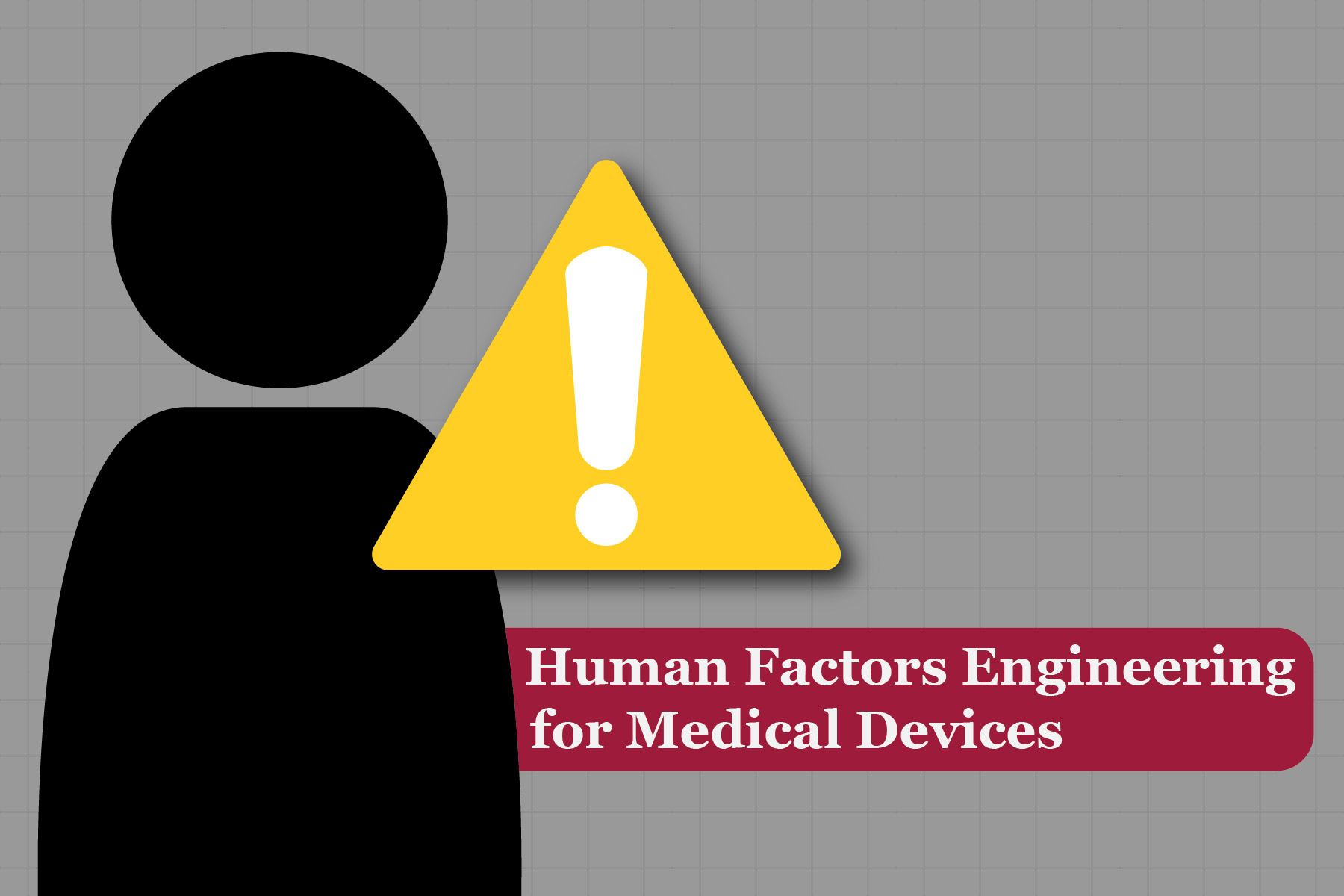Medical devices can range from complex machines to simple products like band-aids; however, one constant among them all is that they should be designed in such a way that reduces the risk of human use error as to as low as reasonably possible. The discipline behind making sure that everything from your design, to labeling, and even packaging promotes the safe and effective usability of your medical device is referred to as Human Factors Engineering (HFE) and Usability Engineering (UE).
The FDA considers HFE and UE synonymous and defined as “The application of knowledge about human behavior, abilities, limitations, and other characteristics of medical device users to the design of medical devices including mechanical- and software-driven user interfaces, systems, tasks, user documentation, and user training to enhance and demonstrate safe and effective use.”1 HFE aims to dig deeper than just assigning a malfunction to “user error”, it’s goal is to uncover why there was human error at all. Often, the user interface of the device is the underlying cause. HFE aims at uncovering actional root causes such as the device being too confusing to use or the instructions being too vague to be helpful, for example.
The heart of HFE is keeping the end-user in mind when designing your device. To do this, it is important to understand the ways that people perceive information, interpret information, and how that guides how they use the device.2 A robust design controls process should be interwoven with the elements of human factors. Human factors should guide, at least in part, the development of your user specifications, design outputs, and the determination of any risk. HFE should also be considered when developing the labeling for your medical device. This should include instructions for use, user manuals, and packaging materials. Although the FDA is quick to call-out that addressing use-related hazards should be done by adjusting the device design first, rather than changing the labeling, it is still important to consider how you can optimize the labeling components of your device from a user perspective.
Although HFE and UE seem straight-forward, some might even say common-sense, it is a critical part of designing any medical device. As technology advances, the FDA will continue to look for HFE and other usability elements as part of its assessment of the safety and effectiveness of a device. If you need help with HFE, or how to integrate it into your current design controls process, EMMA International can help! Contact us at 248-987-4497 or email info@emmainternational.com to get connected with our team of experts today!
1FDA (Feb 2016) Applying Human Factors and Usability Engineering to Medical Devices retrieved on 01/03/2021 from: https://www.fda.gov/media/80481/download
2FDA (Sep 2018) Human Factors and Medical Devices retrieved on 01/03/2021 from: https://www.fda.gov/medical-devices/device-advice-comprehensive-regulatory-assistance/human-factors-and-medical-devices






